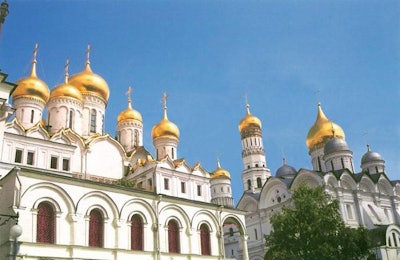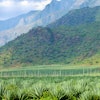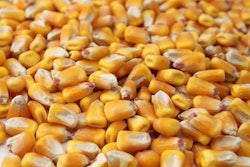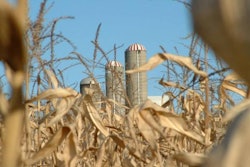
Lack of feed and raw materials is among the challenges facing the aquaculture sector in Russia, delegates to Aquaculture 2016, held in Moscow in February, learned, according to a report, “Development of Aquaculture Sector in Russia” by the Moscow office of the USDA Foreign Agricultural Service. Aquaculture 2016 is an international conference held in conjunction with the ProdExpo food show.
Vasiliy Sokolov, deputy head of Russia’s Federal Fisheries Agency (FFA) stated that the production of aquaculture feed in Russia last year was around 100,000 metric tons (mt), while demand was around 250,000 mt.
The federal program to develop the fisheries sector puts the demand for feed at 400,000-450,000 mt by 2020.
Ineffective feeding techniques, including a low level of automation, obsolete feeding equipment and resulting low labor efficiency on aquaculture farms, were given as the main challenges to the sector.
Around 50 percent of feed for aquaculture is imported, including all starter feeds, and the recent devaluation of the ruble has pushed up the cost of imports so that feed accounts for 70 percent of the total cost of production. Russia produces insufficient fishmeal – the main component of fish feeds – for its own use, and it exports most of its production to China.
Across Russia, 40 facilities manufacture aquaculture feeds, according to Solokov, and few of the plants have been upgraded to produce advanced feeds.
Other challenges to the country’s aquaculture sector identified at the meeting are lack of government support and the low level of consumer awareness of home-produced fish. There is no promotion of its products to the public.
Overview of Russia’s aquaculture sector
Total annual production in 2015 was around 160,000 mt, according to the FAS, which amounts to no more than 4 percent of the country’s total fish and seafood output. In 2004, this figure was 104,000 mt so output has increased by 47 percent over this period. Almost 70 percent of production is Chinese and silver carp, with salmon accounting for 12 percent and trout, sturgeon, mussels and other species making up the total. Annual production of sturgeon has been flat for more than a decade, accounting for 2,100 mt in 2014.
Russia has vast water resources that are suitable for aquaculture development but only a small proportion is utilized for aquaculture. Most production takes place in the Southern, North-Western and Central Federal Districts, while the FFA considers the greatest potential for growth lies in the Ural and Siberia Federal Districts.
The state program “On the Development of Fisheries Sector until 2020” set a target for aquaculture to reach 315,000 mt, so a 97 percent increase in output over the next 4 years would be needed to achieve the objective.
Businesses in the fisheries sector are reported to be skeptical about Russian government’s proposals in 2015 for the development of the aquaculture sector, even after financial support was allocated from the federal budget.
According to the Head of the Russian Association of Aquaculture Producers, RosRybKhoz, the expected boost in salmon production in 2015 was constrained by a lack of innovative technology in salmon breeding and out-of-date farms.
Currently, two major companies are making significant investments in the development of aquaculture, according to the FAS report: Russian Sea and Russian Salmon. Russian Sea started two production facilities – one for salmon in the Barents Sea in 2012, and a trout farm in Karelia. It expects to produce 30,000 mt by 2018.
Last year, Russian Salmon signed an investment contract with the Murmansk government for several fish hatcheries in the Barents and White Seas, aiming to achieve production of 80,000 to 100,000 mt Atlantic salmon. However, several of its facilities were affected by disease, leading the company to be declared bankrupt. Another large company, Russian Aquaculture, was also affected by disease but to a lesser extent, and it has announced plans to increase production by 20,000 mt to offset the losses of Russian Salmon.
According to the speakers at the recent Moscow conference, average profitability of a new aquaculture business is estimated between 5 to 7 percent – hardly an attractive incentive to new investors.
















